 |
|||
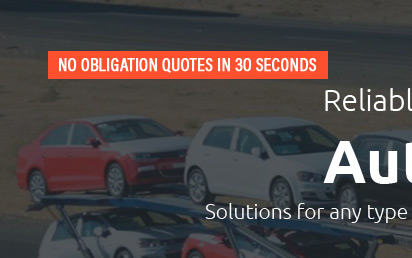 |
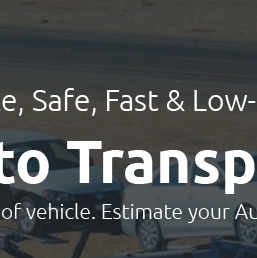 |
 |
|---|---|---|
 |
 |
|
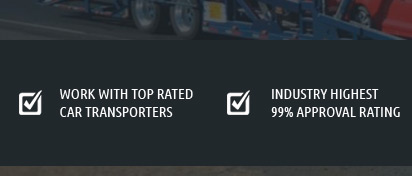 |
 |
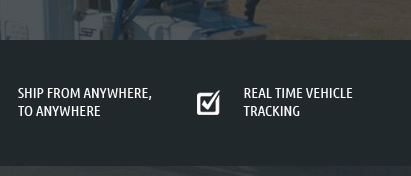 |
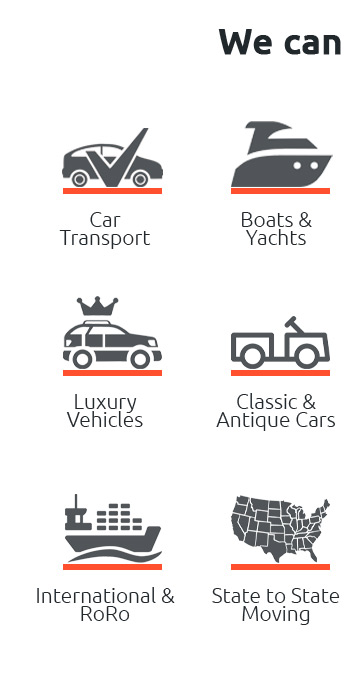 |
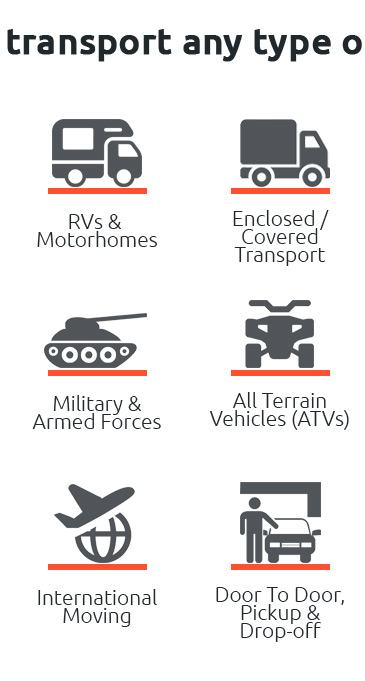 |
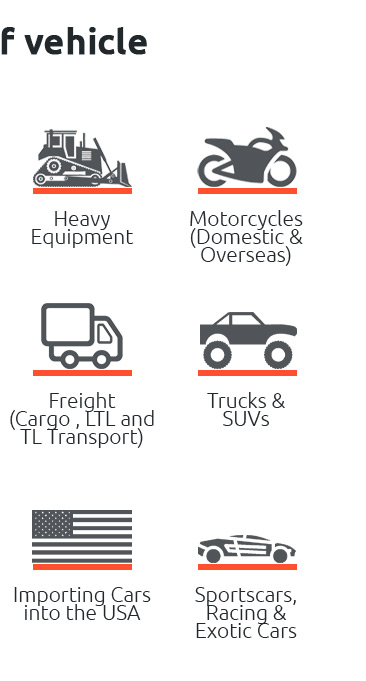 |
|---|
 |
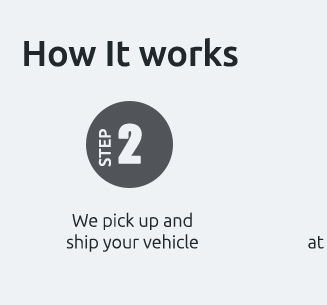 |
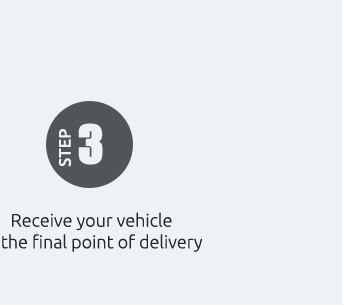 |
|---|---|---|
 |
||
 |
 |
|---|---|
equipment hauling companies: how to compare options and plan a safe moveWhat they doThese specialists move heavy machinery, generators, and plant components across town or across the country. A capable carrier handles permits, pilot cars, route surveys, and load securement, while keeping you updated and insured. Key factors to evaluateLook for proven oversize/overweight experience, clean safety scores, and versatile trailers such as RGN, lowboy, and step-deck. Ask about lead times, seasonal restrictions, and jobsite access. Strong paperwork-COIs, USDOT/MC numbers, and clear scope-reduces surprises.
Balance price against risk. Beware of bids that ignore escorts or layovers. Get a written quote that lists detention, tarping, and special handling. The value they deliverThe right partner shortens downtime, protects your crew and assets, and keeps you compliant. With smart planning and clear expectations, equipment hauling becomes a predictable, repeatable process.
|
|---|